U.S. News
17 Popular Groceries Now So Expensive, Shoppers Are Skipping Them
By Jake Beardslee · August 11, 2025

17 Popular Groceries Now So Expensive, Shoppers Are Skipping Them
You are not imagining it. Grocery totals keep climbing, and certain products are now so expensive that shoppers are leaving them on the shelf. These are not luxury splurges; they are everyday foods and essentials that used to be part of the regular routine. Now, they feel like indulgences that are harder to justify.Here are 17 items people are skipping as budgets tighten. Joshua Rawson-Harris / Unsplash
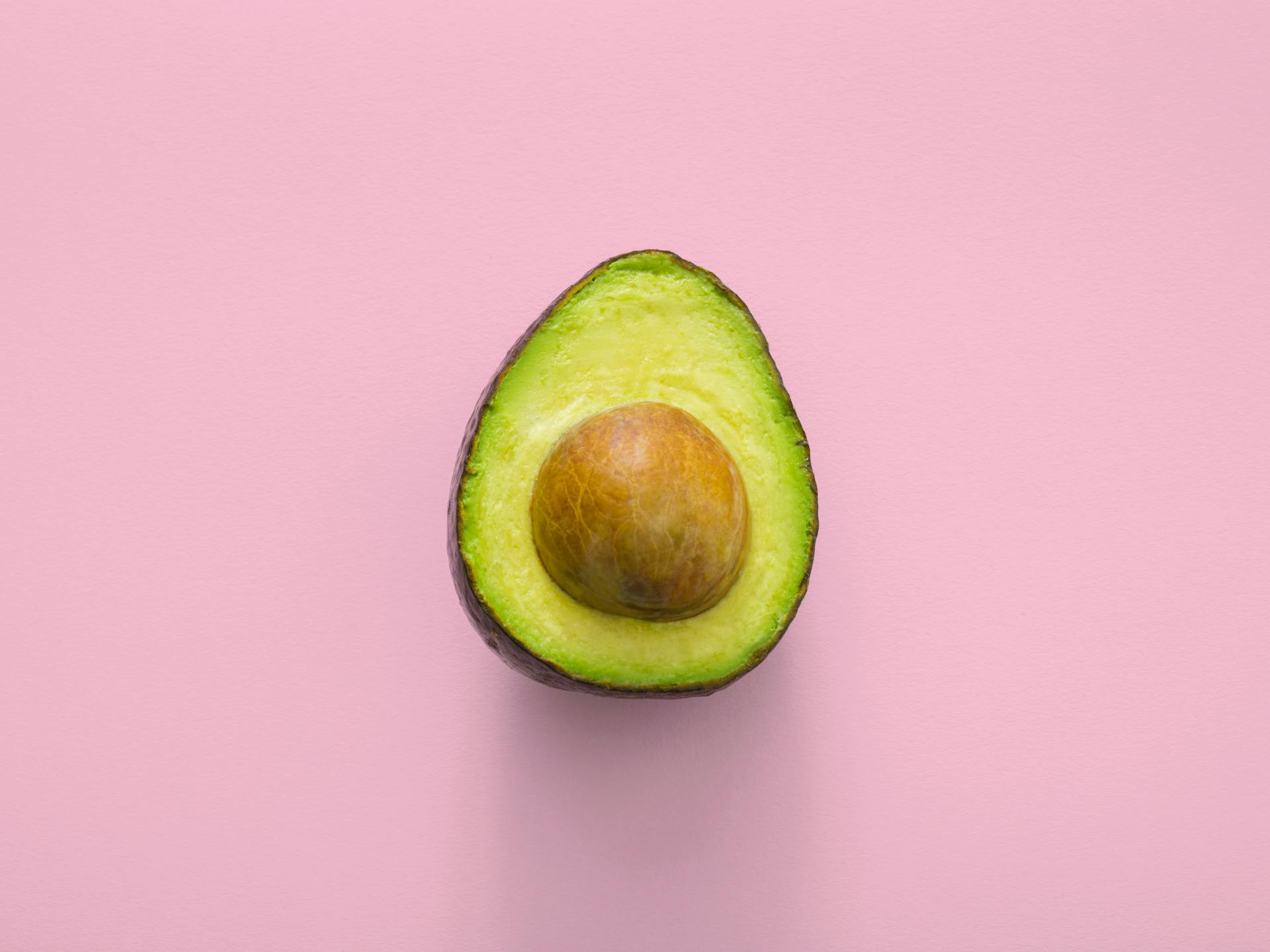
Avocados
Avocados used to be a staple for breakfasts, salads, and weekend guacamole. But lately, prices for just two or three can rival the cost of an entire meal. Many shoppers are waiting for sales or switching to frozen avocado for smoothies and spreads. Even then, it is a gamble because they can be underripe for days and then overripe overnight. For many people, they have shifted from an every-week buy to a rare treat. Thought Catalog / Pexels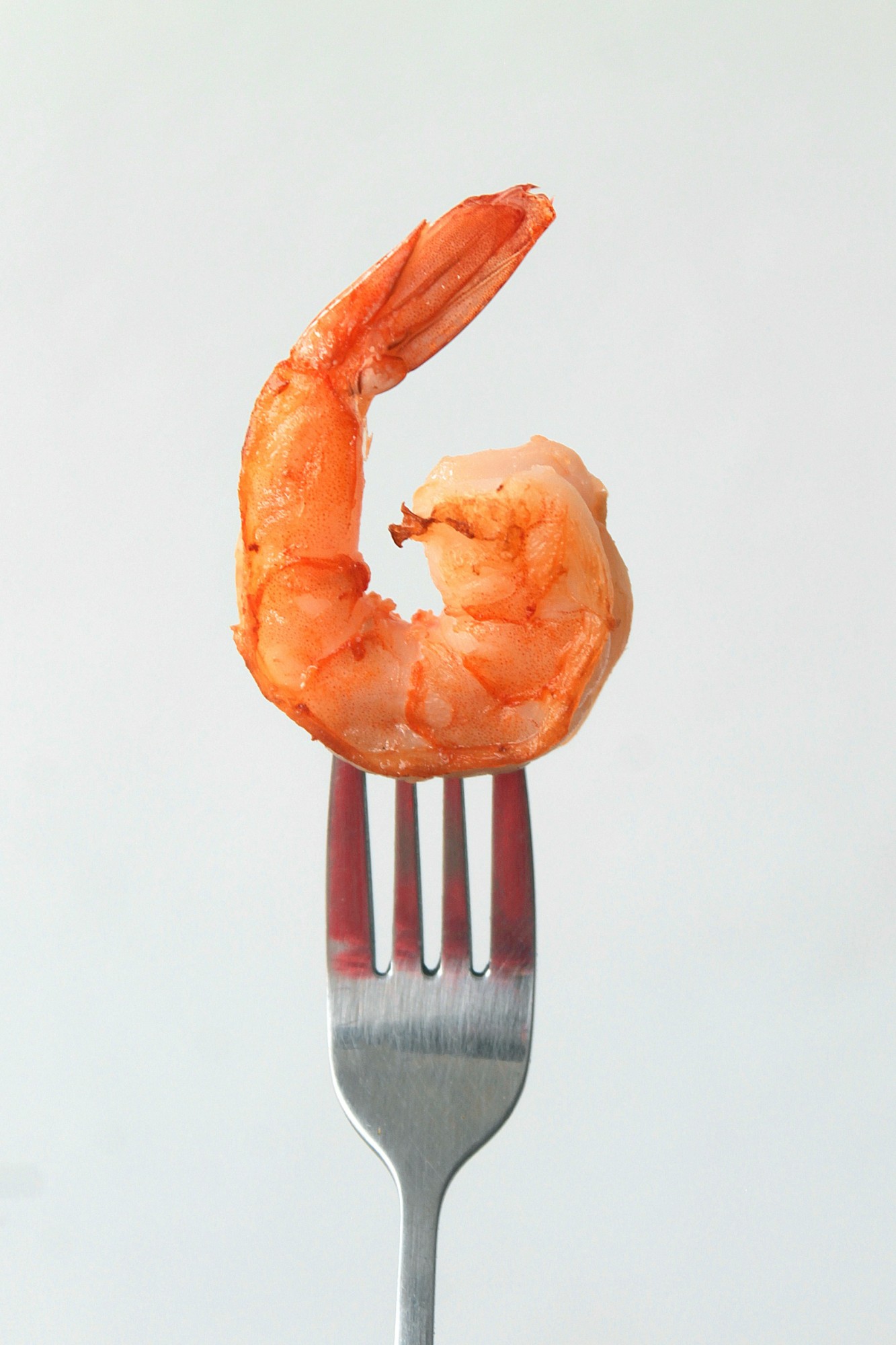
Shrimp and Shellfish
Seafood fans are feeling the pinch as shrimp, scallops, and other shellfish climb in price. Imports have gotten more expensive due to fuel costs, labor shortages, and supply chain delays. A pound of shrimp for dinner might now cost the same as two or three family meals made with chicken. Many are sticking to canned tuna, frozen white fish, or even vegetarian protein options to stretch the budget. Shellfish nights are becoming more of a once-a-month indulgence than a weekly tradition. Fernando Andrade / Unsplash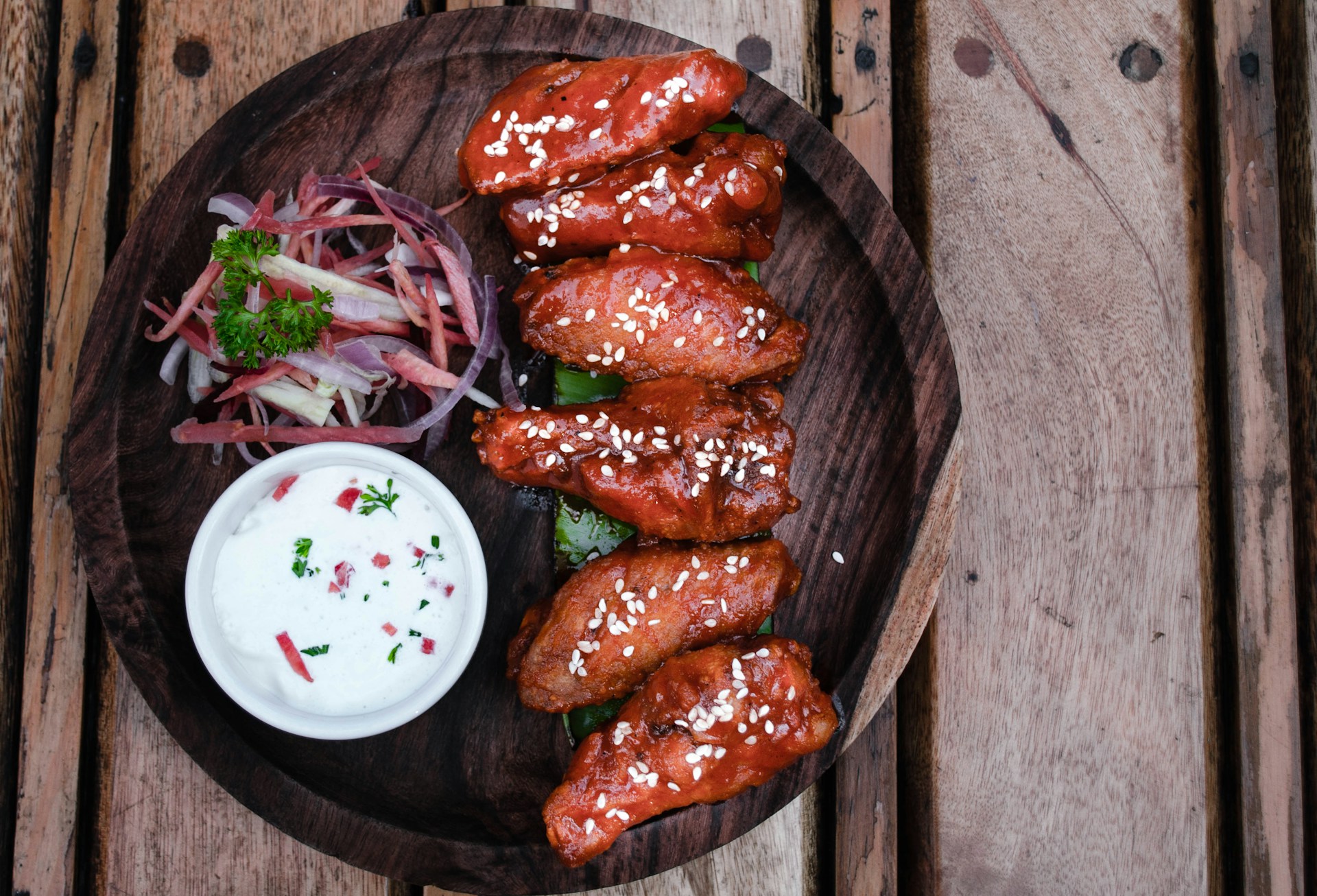
Chicken Wings
Wings were once a go-to party food or quick dinner idea, but now their price rivals premium cuts of chicken. Restaurants have been charging more for them for years, and grocery stores are following suit. Shoppers are discovering that thighs and drumsticks can be just as flavorful for a fraction of the price. Even air fryer recipes are not enough to justify the cost when you compare per-pound prices. For many, wings are reserved for special occasions like the Super Bowl. Atharva Tulsi / Unsplash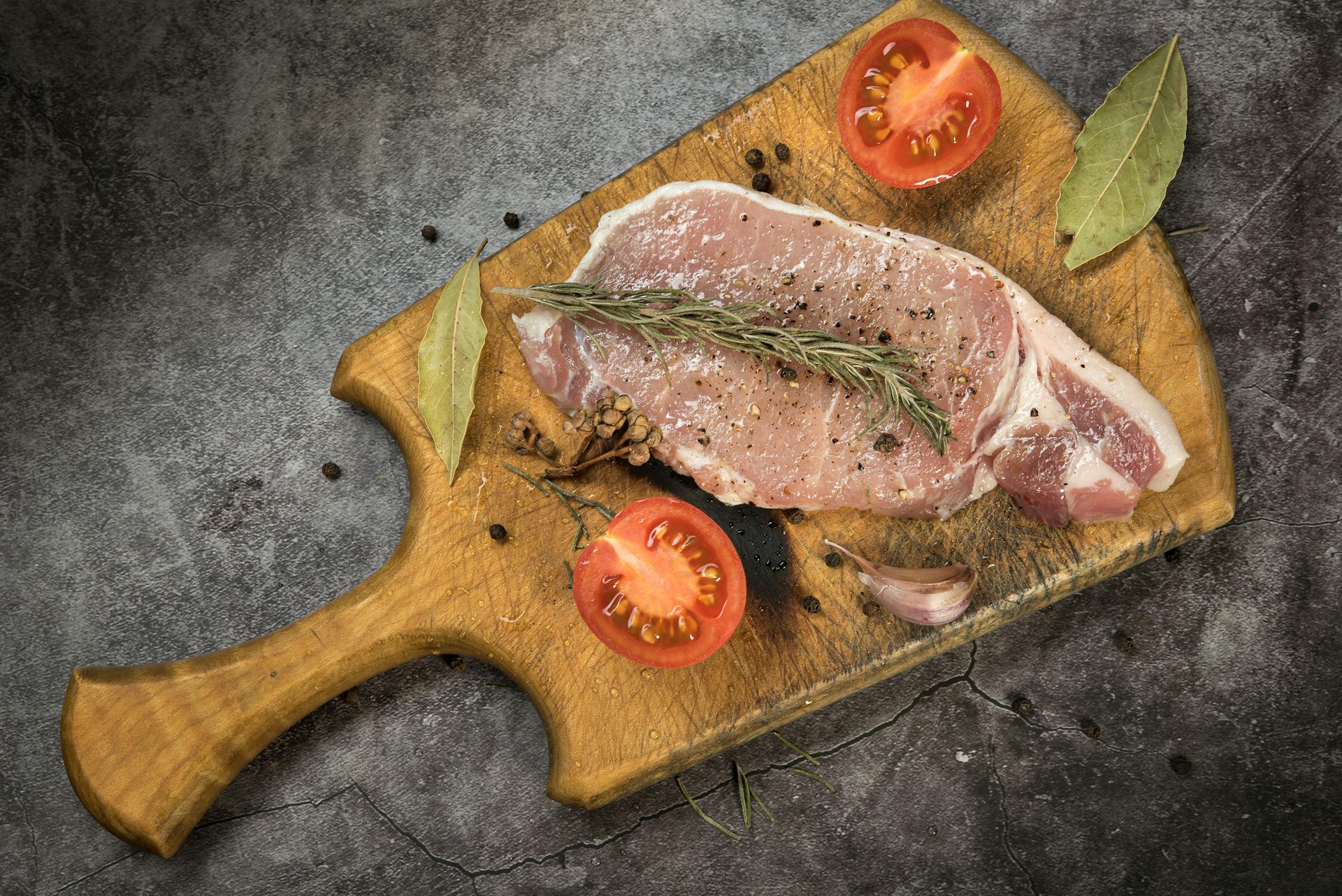
Pork Chops and Tenderloin
Pork has long been one of the more affordable meats, but even this standby is getting pricey. Tenderloin and thick-cut chops now often cost nearly as much as beef. Families are shifting toward shoulder roasts that can be cooked in bulk and repurposed for multiple meals. This kind of batch cooking makes the most of every dollar spent. Pork dinners are still on the table, just in more budget-friendly forms. Evgeniy Alekseyev / Pexels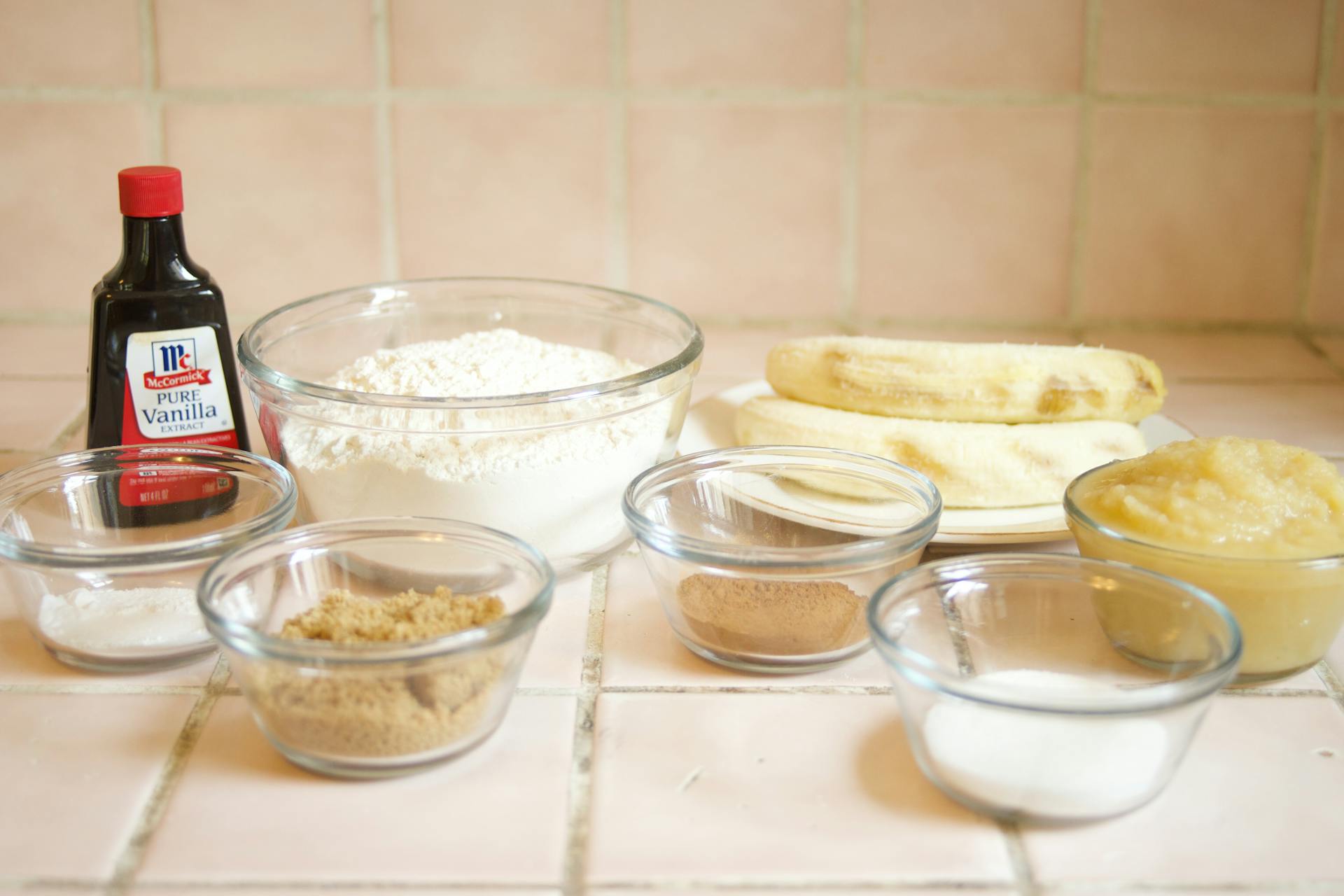
Vanilla Extract
A tiny bottle of real vanilla extract can now run well over twenty dollars, thanks to poor harvests and global supply issues. For home bakers, that is a big hit when making cookies or cakes. Many are turning to high-quality imitation vanilla or vanilla paste to save money. Some are even experimenting with flavor swaps like citrus zest or cinnamon to mask the difference. While it is still a pantry staple for some, others now think twice before replacing it. Rachel Loughman / Pexels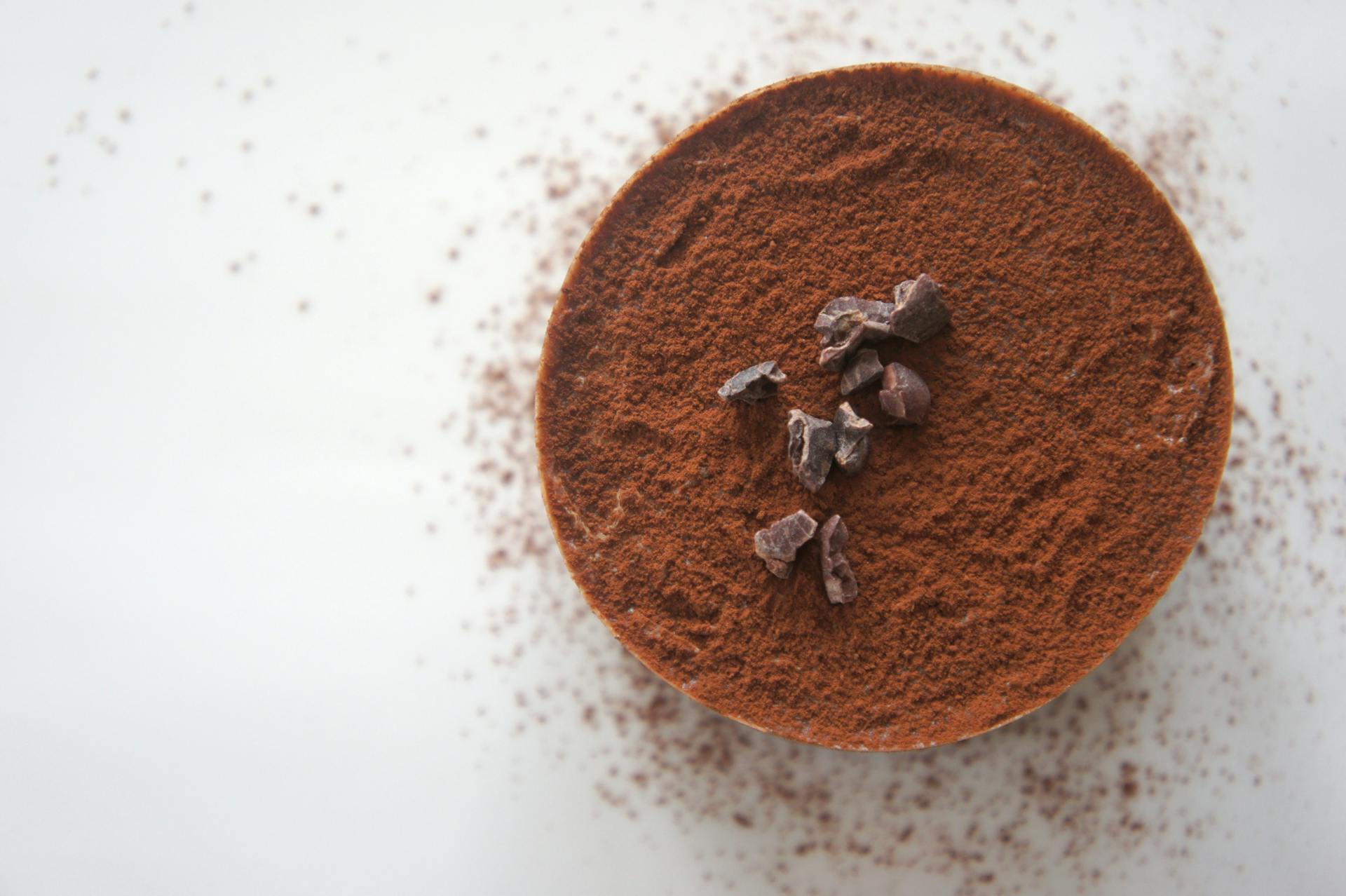
Chocolate and Cocoa
Cocoa prices have spiked, and chocolate in all forms is following suit. Baking bars, cocoa powder, and chocolate chips are noticeably more expensive, especially for premium brands. Home bakers are scaling back on rich desserts or making smaller batches. Shoppers are also reaching for store-brand chocolate to keep recipes affordable. For many, it has become a special-occasion ingredient rather than an everyday one. Delphine Hourlay / Pexels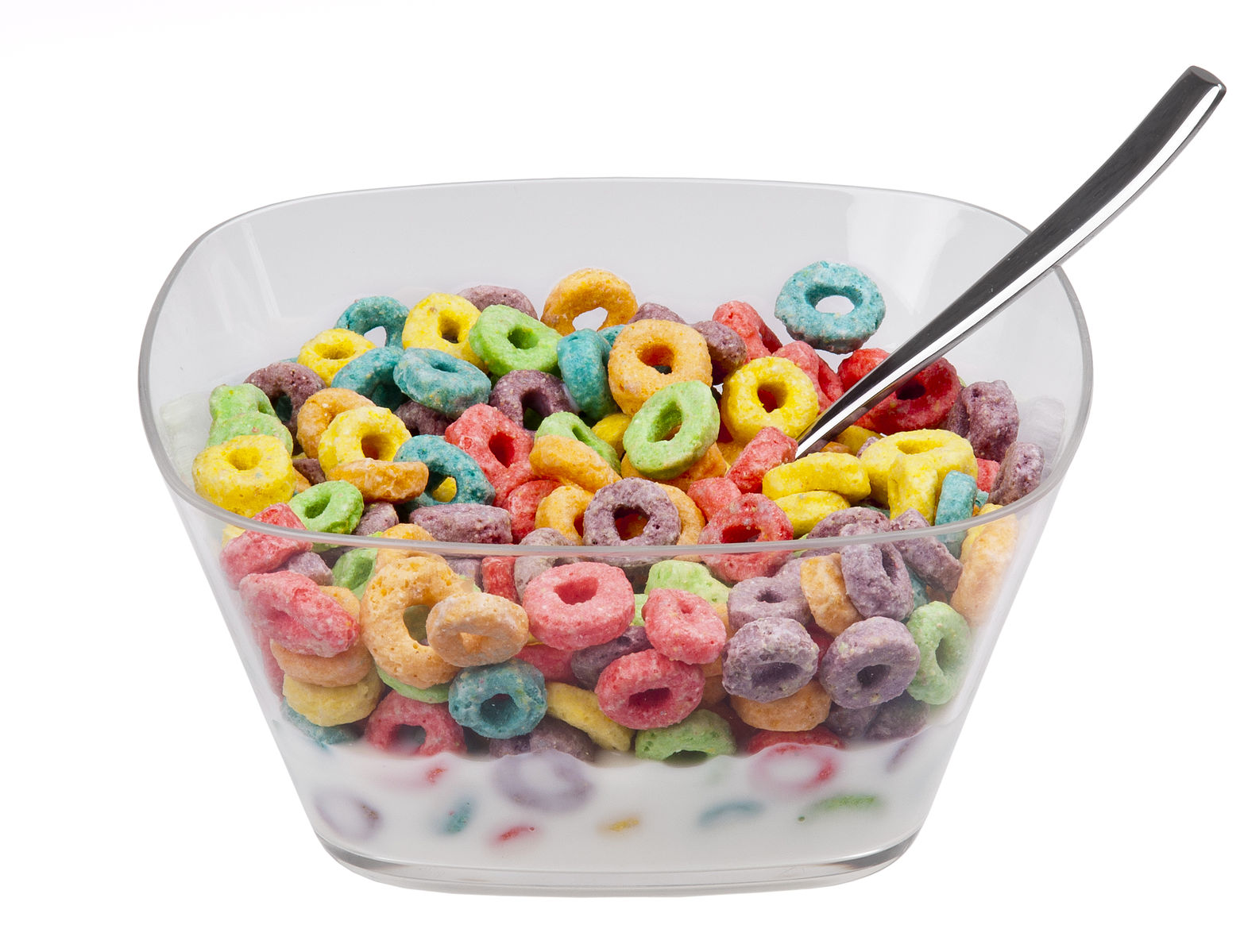
Breakfast Cereal
The cost of popular name-brand cereals has climbed so high that a single box can rival the price of a full homemade breakfast. Families are turning to bulk oats, store brands, or homemade granola to cut costs. The days of stocking the pantry with multiple varieties are fading fast. Evan-Amos, CC0, via Wikimedia Commons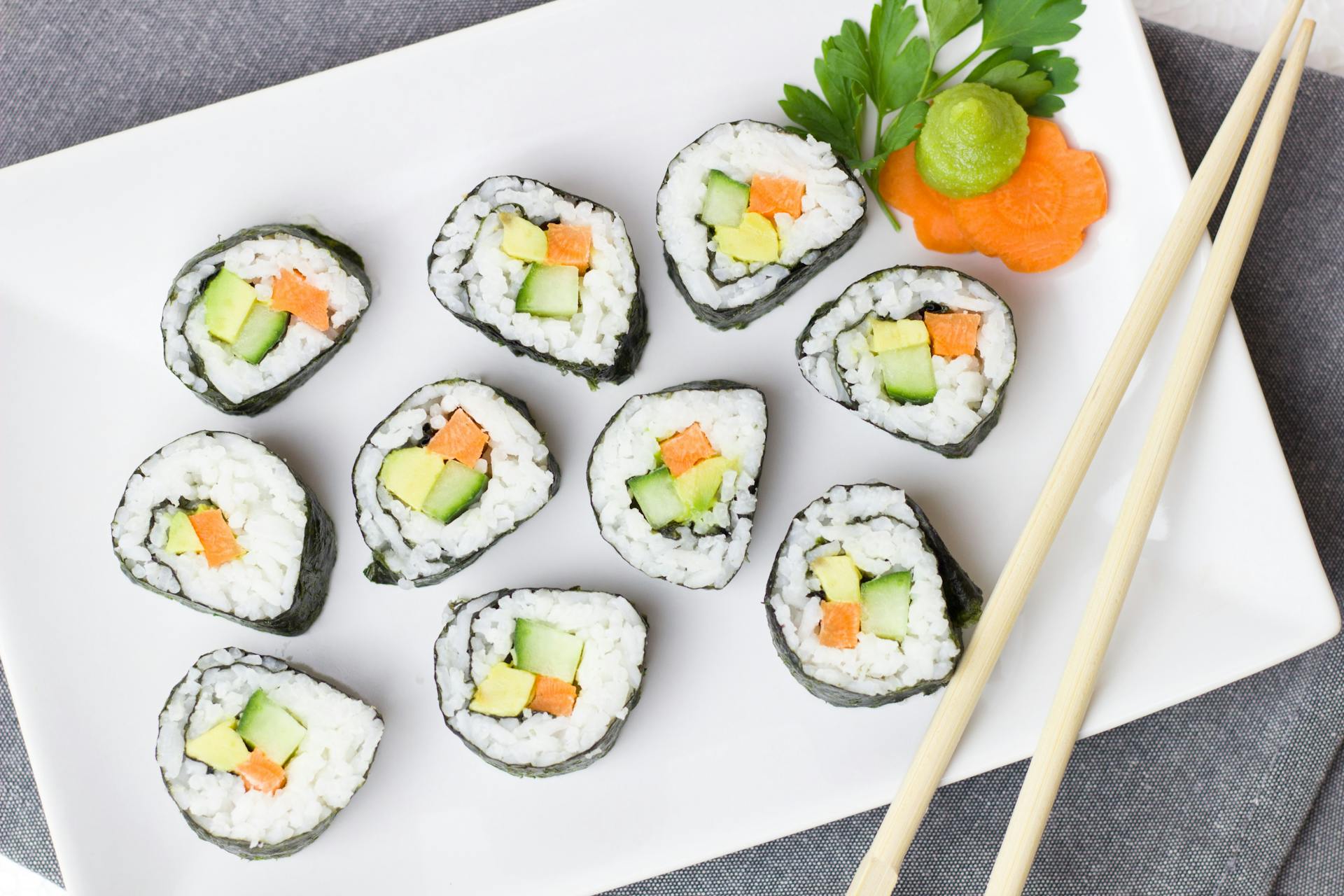
Prepared Sushi and Poke
Grocery store sushi was once a fun grab-and-go treat, but the cost has crept into restaurant territory. A small tray can be nearly as expensive as sitting down at a casual sushi bar. Many shoppers are recreating sushi bowls at home with rice, vegetables, and affordable protein like canned salmon. That makes skipping the pre-made section an easy decision for budget-conscious shoppers. Pixabay / Pexels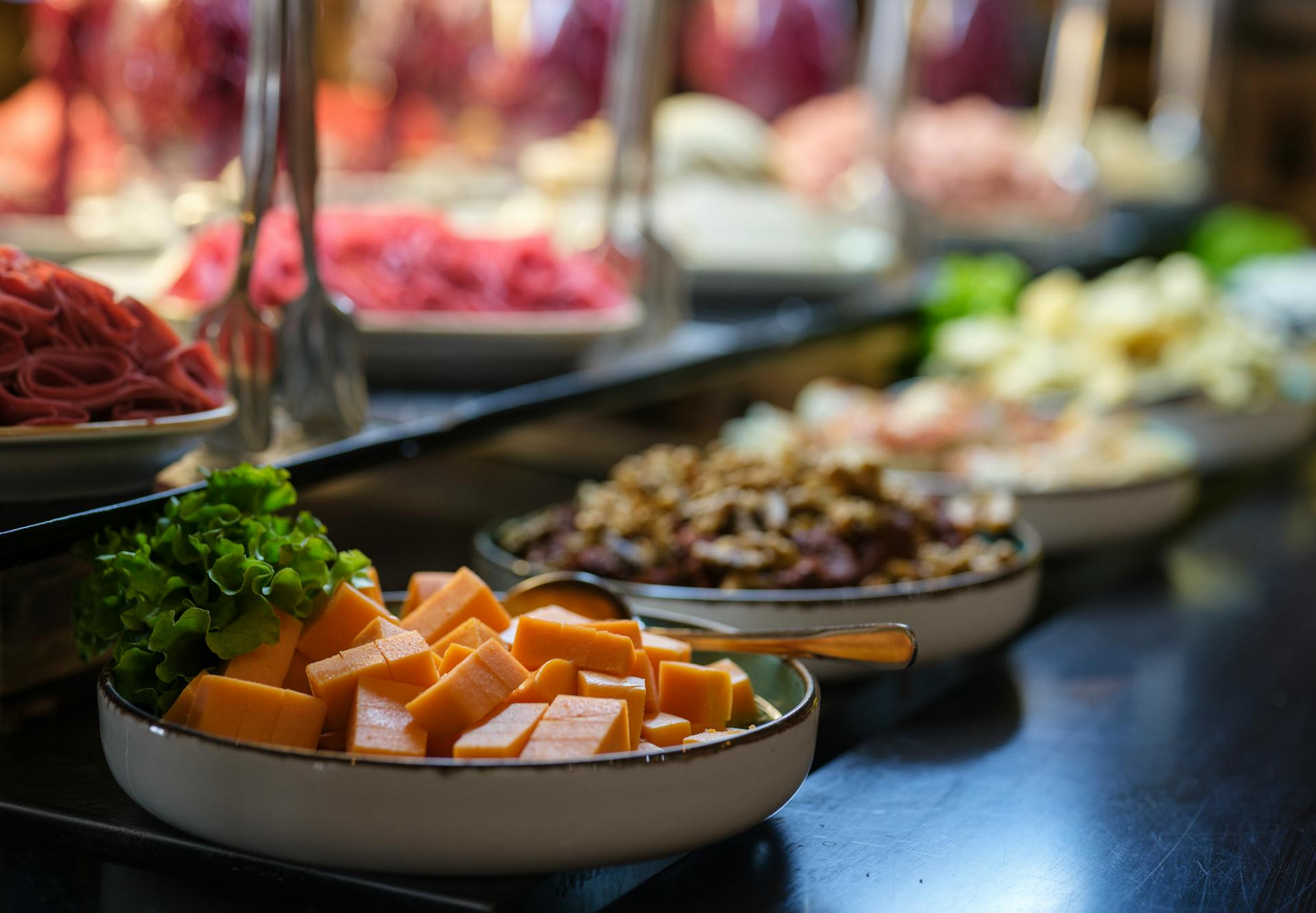
Hot Bar and Salad Bar Meals
These self-serve sections were already a splurge, but inflation has pushed them over the top. Priced by weight, a simple lunch can easily exceed twelve or fifteen dollars without trying. People are realizing they can prepare similar meals at home for a fraction of the cost. Even something as basic as a big batch of roasted vegetables can replace a pricey hot bar box. Convenience is losing out to cost efficiency. Engin Akyurt / Pexels
Ground Turkey
Once considered the cheaper, healthier swap for beef, ground turkey is no longer the budget-friendly option it used to be. Prices have climbed to the point where it is often just a few cents less than lean ground beef. Shoppers are starting to skip it entirely or buy it only when deeply discounted. It is another example of a value product that no longer delivers much value. Eva Bronzini / Pexels
Greek Yogurt
Greek yogurt was the darling of the dairy aisle for years, but lately, even basic store brands are getting expensive. A four-pack can easily hit six dollars or more, making it a hard sell for daily breakfasts. Some shoppers are switching back to regular yogurt or buying large tubs to portion out at home. Others are experimenting with making their own to save money. The single-serve convenience is losing out to bulk buys. Life of Pix / Pexels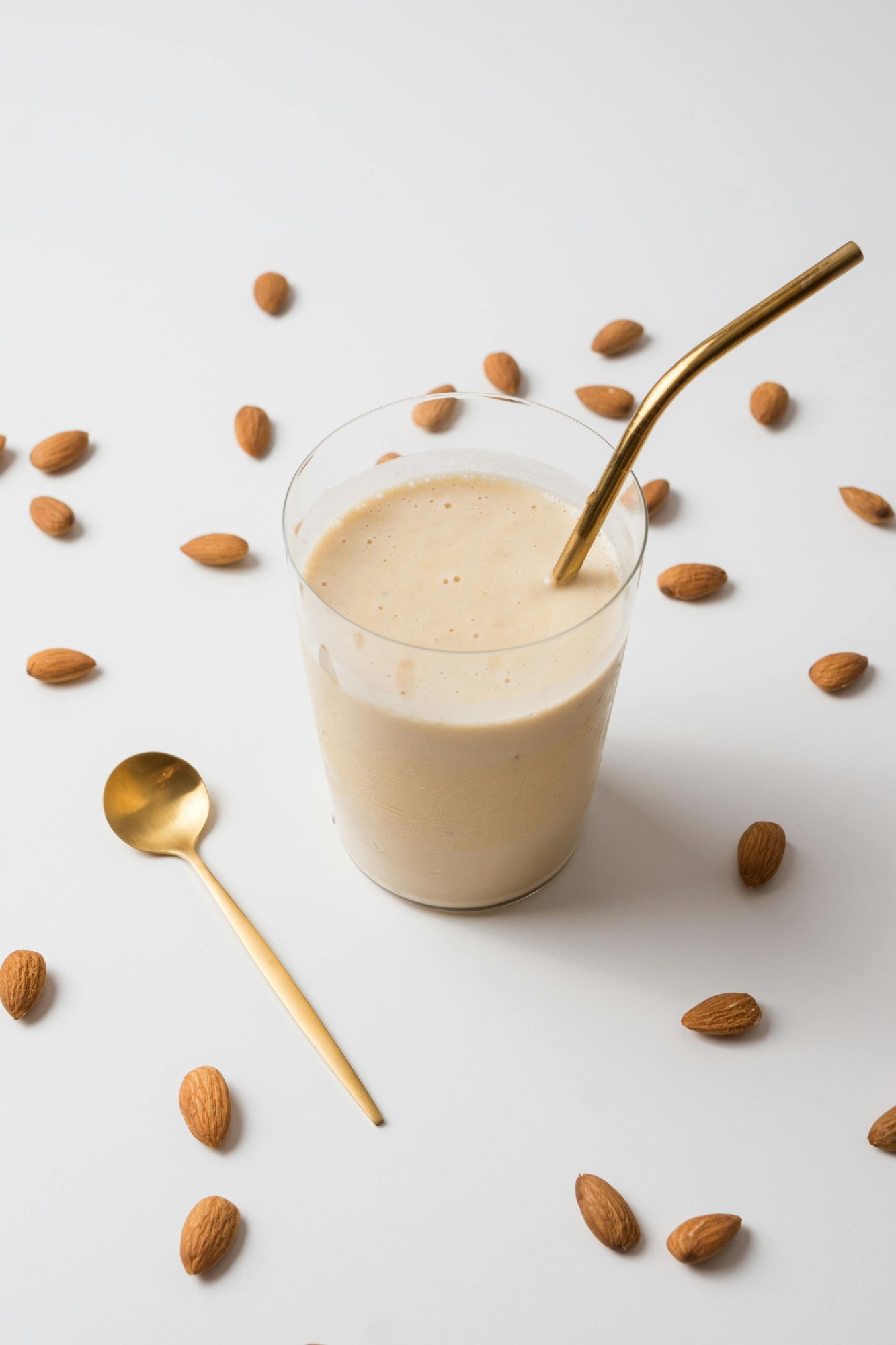
Almond Milk and Plant-Based Milks
Dairy alternatives have surged in popularity, but so have their prices. A single carton of almond or oat milk can cost nearly double regular milk. Some shoppers are making their own at home, while others are switching back to dairy to save. This change that is shaking up morning coffee and cereal routines. Gül Işık / Pexels
Grapes
What used to be an affordable, healthy snack is now a pricey gamble. Grapes often sell for more than three dollars a pound, and shoppers worry they will not stay fresh long enough to finish them. Families are opting for cheaper fruits like bananas or apples instead. When the quality is hit-or-miss, the high price is even harder to justify. Bruno Scramgnon / Pexels
Single-Use Coffee Pods
Coffee pods were once the ultimate convenience, but the per-cup price now outpaces brewing a pot or using a French press. A box of name-brand pods can cost as much as a large bag of ground coffee, yet it produces far fewer servings. Budget-conscious shoppers are switching to refillable pods or going back to traditional brewing methods. The waste factor also makes them less appealing for environmentally minded buyers. For many, they are now reserved for guests or occasional use. Madison Inouye / Pexels
Maple Syrup
Pure maple syrup prices have been creeping up for years, but lately they have reached the point where shoppers are switching to blends or flavored pancake syrup. A single bottle can cost more than some people’s entire breakfast spread. While the real thing tastes better, many can no longer justify it for regular use. Those who do buy it tend to ration it carefully or save it for holidays and special brunches. Sydney Troxell / Pexels
Packaged Muffins
Those jumbo grocery store muffins have gone from an occasional treat to a luxury item. Packs of four can cost $6–$8, and they’re often loaded with sugar. Shoppers are choosing to bake at home, where they can control cost and ingredients. The store-bought versions just don’t feel worth it for everyday consumption anymore. Castorly Stock / Pexels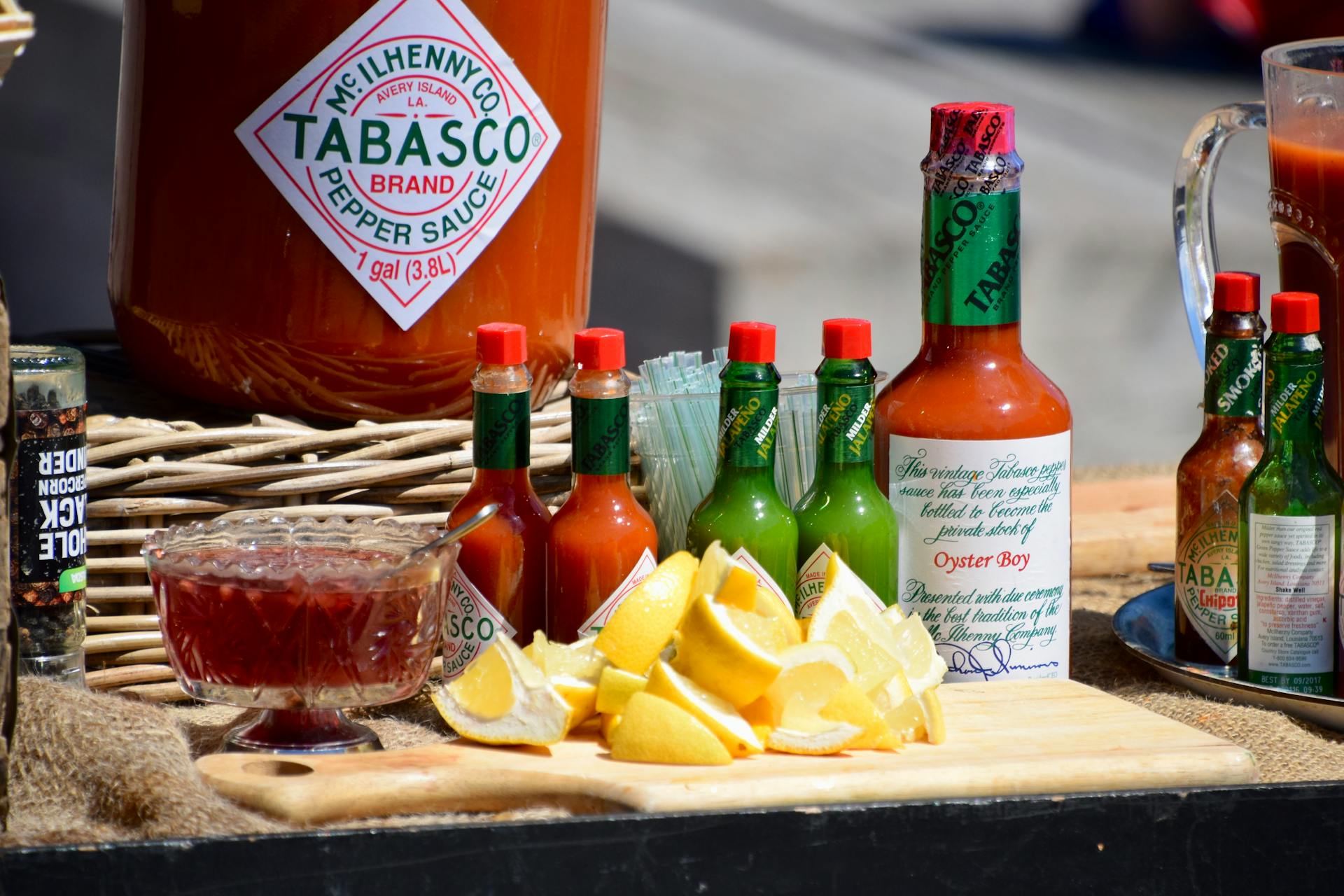
Hot Sauce
Even condiments aren’t immune to inflation, and hot sauce lovers are noticing. Popular brands have increased in price, especially for larger bottles. Some shoppers are switching to smaller, cheaper brands or making their own blends. For those who use it daily, the cost adds up quickly over the course of a year. iSaw Company / Pexels